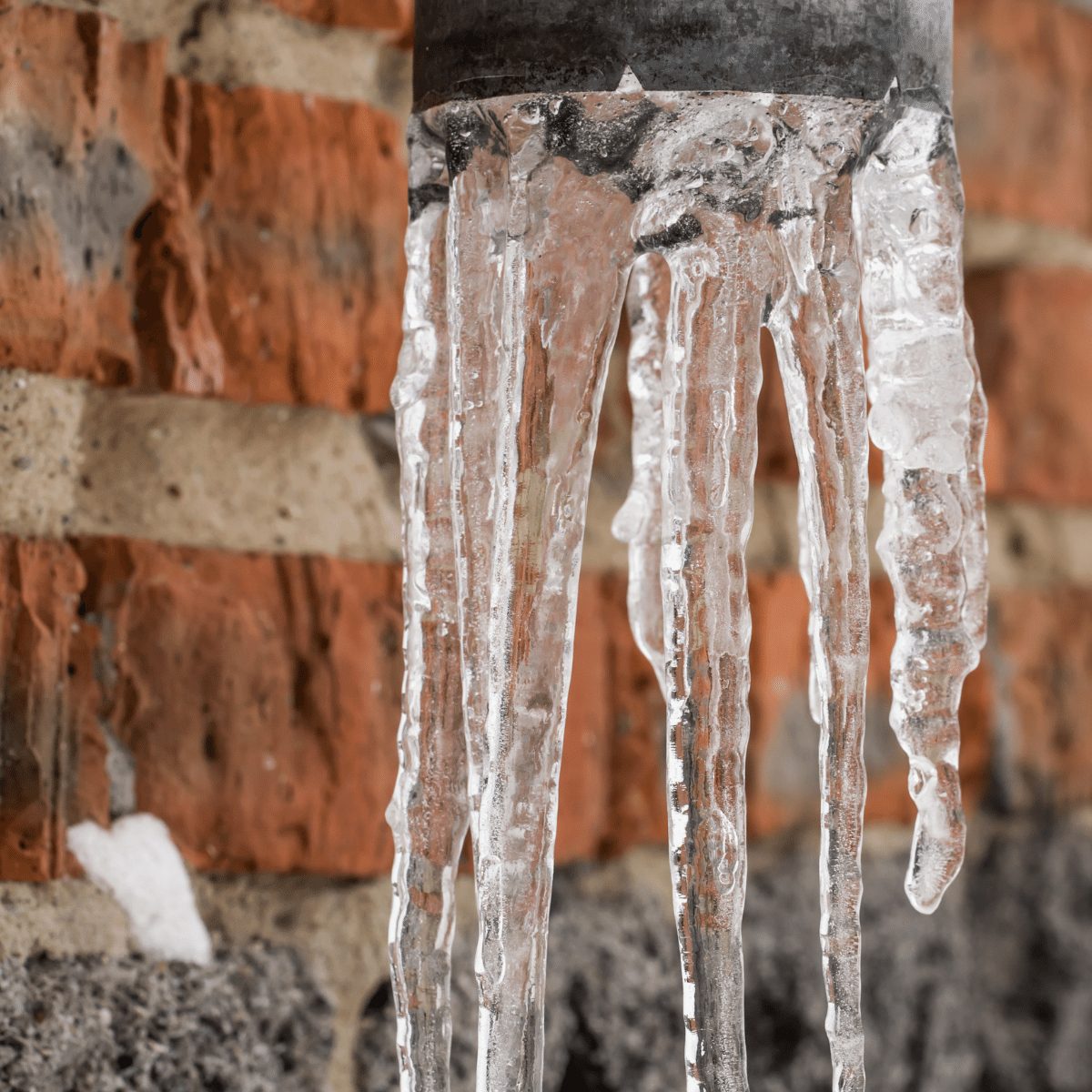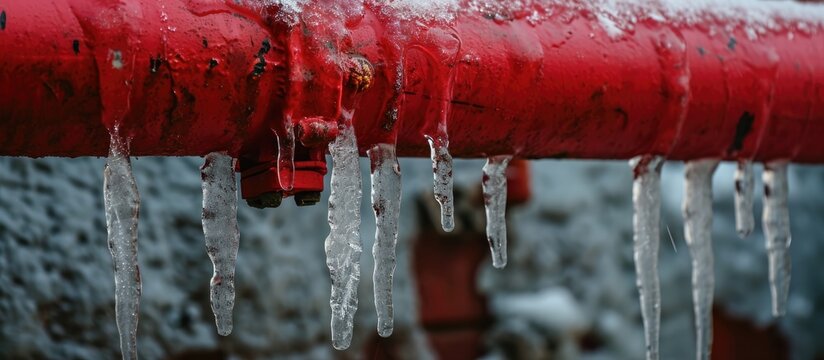This post in the next paragraphs about Prevent Frozen Pipes is without a doubt motivating. Don't miss out on it.

Winter can damage your plumbing, specifically by freezing pipelines. Right here's how to stop it from happening and what to do if it does.
Introduction
As temperatures decline, the danger of frozen pipes boosts, potentially bring about pricey repairs and water damages. Understanding just how to prevent frozen pipes is crucial for house owners in cool climates.
Comprehending Icy Pipelines
What causes pipes to freeze?
Pipes freeze when exposed to temperatures below 32 ° F (0 ° C) for prolonged durations. As water inside the pipelines ices up, it increases, taxing the pipeline wall surfaces and potentially causing them to burst.
Risks and problems
Icy pipes can lead to supply of water disruptions, home damage, and expensive fixings. Burst pipelines can flood homes and cause extensive architectural damage.
Signs of Frozen Pipes
Recognizing icy pipes early can stop them from rupturing.
Just how to determine frozen pipelines
Look for reduced water circulation from faucets, unusual smells or noises from pipelines, and visible frost on subjected pipelines.
Prevention Tips
Insulating prone pipelines
Wrap pipelines in insulation sleeves or utilize warm tape to secure them from freezing temperature levels. Concentrate on pipes in unheated or outside areas of the home.
Home heating methods
Keep interior rooms properly heated, especially areas with plumbing. Open closet doors to enable cozy air to circulate around pipelines under sinks.
Safeguarding Exterior Plumbing
Yard hose pipes and exterior taps
Separate and drain yard tubes prior to winter season. Set up frost-proof spigots or cover outside taps with shielded caps.
What to Do If Your Pipes Freeze
Immediate activities to take
If you suspect frozen pipelines, maintain faucets open up to ease stress as the ice melts. Utilize a hairdryer or towels taken in warm water to thaw pipes gradually.
Long-Term Solutions
Structural adjustments
Take into consideration rerouting pipes away from exterior walls or unheated areas. Add added insulation to attic rooms, cellars, and crawl spaces.
Upgrading insulation
Invest in high-grade insulation for pipelines, attic rooms, and wall surfaces. Appropriate insulation assists keep regular temperature levels and lowers the threat of icy pipes.
Final thought
Stopping frozen pipes calls for aggressive procedures and fast actions. By comprehending the causes, indicators, and safety nets, property owners can safeguard their plumbing throughout cold weather.
6 Proven Ways to Prevent Frozen Pipes and Protect Your Home
Disconnect and Drain Garden Hoses
Before winter arrives, start by disconnecting your garden hoses and draining any remaining water. Close the shut-off valves that supply outdoor hose bibs and leave the outdoor faucet open to allow any residual water to drain. For extra protection, consider using faucet covers throughout the colder months. It’s also important to drain water from any sprinkler supply lines following the manufacturer’s directions.
Insulate Exposed Pipes
Insulating your pipes is an effective way to prevent freezing. Pipe insulation is readily available at home improvement stores and is relatively inexpensive. Pay close attention to pipes in unheated areas such as the attic, basement, crawl spaces, or garage. Apply foam insulation generously to create a buffer against the cold. You can also wrap your pipes in heat tape or thermostat-controlled heat cables for added warmth.
Seal Air Leaks
Inspect your home for any cracks or openings that could let in cold air. Seal any holes around the piping in interior or exterior walls, as well as the sill plates where your home rests on its foundation. Additionally, make sure to keep your garage door closed unless you’re entering or exiting. Leaving it open creates a significant air leak that can lead to frozen pipes.
Allow Warm Air Circulation
During cold snaps, it’s essential to allow warm air to circulate evenly throughout your home. Leave interior doors ajar to promote better airflow. Open kitchen and bathroom cabinets to help distribute heat consistently around the rooms. If you have small children or pets, be sure to remove any household chemicals or potentially harmful cleaners from open cabinets for safety.
Let Faucets Drip
A small trickle of water can make a big difference in preventing ice formation inside your pipes. When temperatures drop significantly, start a drip of water from all faucets served by exposed pipes. This continuous flow helps prevent the water from freezing. Additionally, running a few faucets slightly can relieve pressure inside the pipes, reducing the chances of a rupture if the water inside does freeze.
https://choateshvac.com/6-proven-ways-to-prevent-frozen-pipes-and-protect-your-home/

As an enthusiastic person who reads on How To Avoid Freezing Pipes, I figured sharing that piece of content was sensible. Kindly set aside a second to distribute this blog posting if you enjoyed it. We take joy in your readership.
Call Today